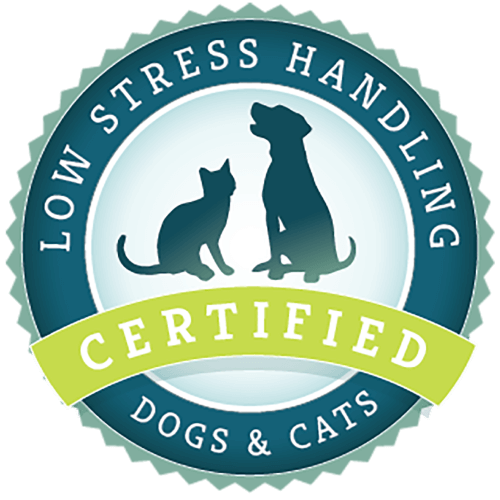What article are you looking for?
Recent Articles
Animal Behavior Intern: Lessons From One Student’s Internship
I learned more than I ever could have imagined about animal behavior. From behavior theory to its practical applications, I learned about the historical background of applied animal behavior, the fundamental principles of behavior modification, and how to apply my newly honed skills to different types of animals.
Becoming an Animal Behaviorist: The Most Influential People in My Career
While I don’t agree with everything Ray says, what Ray taught me is that we always should seek to view commonly held ideas in a new light. Questioning what we know, challenging what we have heard, and testing our ideas to see if they hold up is what makes animal behavior a science. don_owings Don Owings Probably few, if any, dog trainers know Don Owings (pictured to the right) because he’s a giant in another field of behavior—acoustic communication in animals. He was one of my mentors when I was earning my animal behavior Masters. What Don gave me was a sense of the
Wolf Hybrids: The Best of Both Worlds…or Not?
Wolf Hybrids In the classic novel, White Fang, Jack London tells the tale of an abused half wolf-half dog who finds safety and companionship in a kind, benevolent master. The wolf-dog returns the kindness with an unerring devotion and loyalty, even offering his life to protect his new-found savior from harm. For years, I thought about what it might be like to own a wolf-dog like White Fang. London’s hybrid between nature and the common dog proved one magnificent animal—smarter, stronger, and more loyal than any ordinary dog. He was a superdog, the ideal companion. In modern day, the wolf-dog
Can Dogs See Color? And How Do We Know?
Thursdays are always the worst day for little dogs to play fetch at my local park. That’s because mowing is Fridays and on Thursdays the grass is often over one-tennis ball tall. It was on one such Thursday after having to search for my dog’s ball for the third time, that I exclaimed, “It sure would be useful if, instead of being green, this tennis ball were blue and yellow. Then, Jonesy could more easily find it himself.” Well, a passing pet owner quickly corrected me. “That wouldn’t help. Dogs are color blind.” For a second I thought, Duh, that’s
Kitten Socialization: Training a Kitten to Wear a Harness
Everyone knows that if you have a dog you’ll take it on walks. But did you know you could also take your cat on walks? Taking a cat on walks works best if you’ve socialized the cat at a young age to new environments so he’s comfortable in the places you plan to take him. Of course, you’ll also want to train your cat or kitten to love wearing a harness.
The Research that Led to the Treat & Train® (a.k.a. Manners Minder)
An Odd Request That Appeared Out of the Blue One interesting aspect of scientific research is that you never know when a simple question suddenly will catapult you into a wild race for answers, followed by a lifetime’s worth of ideas and possibilities. That’s what makes scientific research so interesting. For example, in July 2003, my research took such a turn when, out the blue, I received a message from The Sharper Image, a San Francisco-based gadget company. “We want to develop an electronic mood translation device,” they said. “One that really works.” Because my research was on barking as
Looking for certifications instead?

Low Stress Handling® Silver-Level Certification
Individual Certification at this level demonstrates to clients and employers the individual’s dedicated interest in Low Stress Handling®. Hospital Certification at this level demonstrates to clients and staff the hospital’s commitment to appropriately training staff in Low Stress Handling® methods.
Learn More
